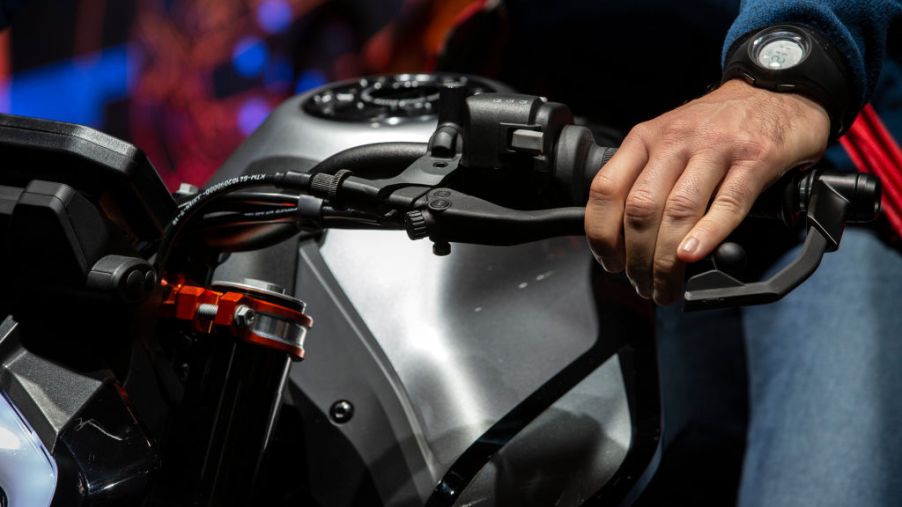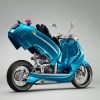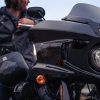
What Are the Most Important Safety Features on Motorcycles?
When it comes to riding a motorcycle, it doesn’t matter if you’re a beginner or an experienced rider; safety is crucial. Riding a motorcycle involves more risks than driving. These exhilarating machines leave you exposed, which increases the risk of injuries in the event of an accident.
With your well-being in mind, we look at a few important motorcycle safety features and how to determine which motorcycle is safer for you.
Choose the right motorcycle
While new motorcycles offer better safety features, which we’ll look at, it’s always better to align your motorcycle with your skill level. It’s best to do your research to find the right bike for you.
First, you should consider the bike’s size and height. Pay attention to how comfortable you feel when riding. You should be able to place both your feet flat on the ground when standing. This makes it possible to stay balanced and prevent the bike from tipping over as you wait at a red light. Pick a bike that enables you to reach all the controls easily, too.
You should look at different types of motorcycles, with the ride you prefer in mind. If you plan to cover long distances, consider either a touring or cruiser motorcycle. Sportbikes are built for speed, while dual-sport motorcycles are designed to tackle both paved streets and rough terrain.
Another element to consider when it comes to motorcycle safety is bike maintenance. Improper brakes, worn tires, and malfunctioning cables all affect your safety. Properly maintaining your bike makes it safer and helps you avoid the chance of it breaking down.
Important safety innovations
Over the past few years, motorcycle manufacturers have incorporated features into their bikes to make them safer. Here are a few important safety innovations available today:
Anti-lock braking system
Currently, ABS is available on all motorcycles above 125cc. This system not only prevents the rear tires from locking when you quickly apply brakes, but it also helps prevent skidding and reduces drifting in off-road motorcycles.
Combined braking system
While not as powerful as anti-lock braking, CBS is an affordable feature fitted in motorcycles under 125cc. This system automatically applies the front brake when you use the rear brake to reduce the stopping distance.
Traction control
When accelerating on smooth, muddy, or wet roads, your bike may feel unstable. This is because the road’s reduced friction lowers your bike’s traction. Premium motorcycles are often fitted with traction control to remedy your bike’s instability while operating on poor road conditions.
Rear lift-off protection
RLP prevents your rear tire from lifting off the ground in the event of emergency braking. Because it’s cheaper than rear-ABS, this feature is fitted in 150-200cc motorcycles, giving them single-ABS with RLP in the rear.
Stability control
Stability control uses electronic aids to analyze acceleration, riding styles, and the bike’s lean angles. The system automatically deploys traction control, ensuring maximum braking and stability when negotiating corners and braking.
While these safety features come standard in new bikes, some can be added onto your current one. Whether you upgrade the bike you have or get a new one altogether, paying attention to updated safety features will help ensure a safer, more thrilling ride.


